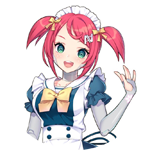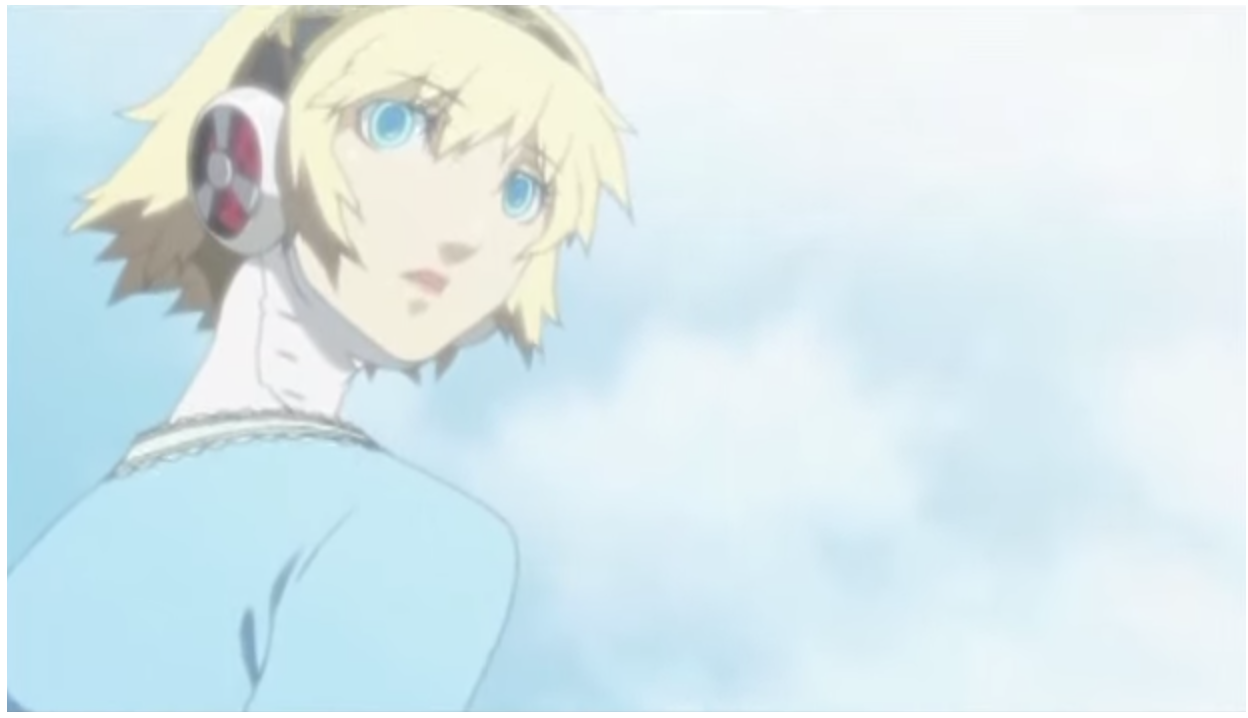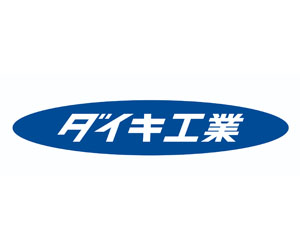Video game cutscenes are contentious.
Many fans criticize that cutscenes disrupt the interactivity that sets games apart from other forms of entertainment. Nevertheless, they remain a staple of many genres. JRPGs are especially impressive because many have animated, anime-style cutscenes. They often represent a dramatic break from the visual and narrative style of the rest of the game. Atlus’ Persona series is a popular example: The player moves through a 3D game world, but critical moments are illustrated with 2D cutscenes.
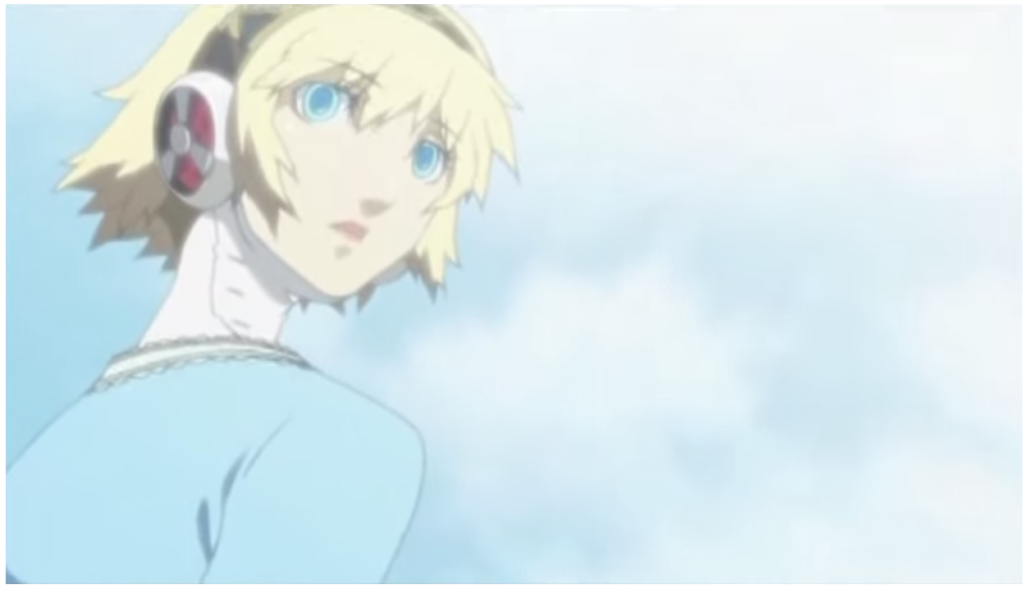
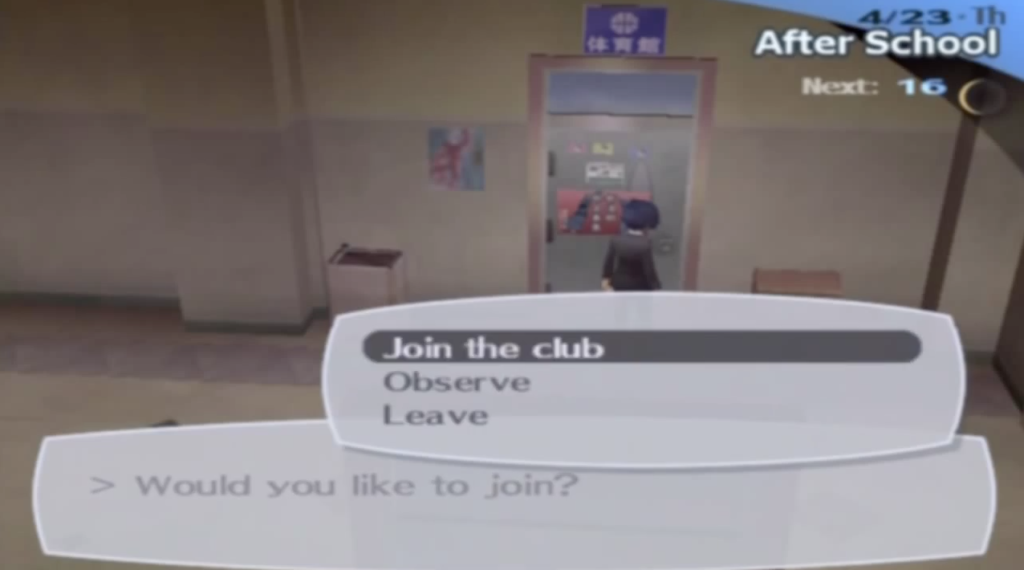
Are these cutscenes as disruptive as some gamers believe, or do they contribute to the playing experience? Persona 3 (pictured above) is a case study worth discussing. Atlus originally released the game with animated cutscenes for the PS2 in 2006, but they have remade it several times since. In 2009, Atlus published Persona 3 Portable for the PSP. While the port’s added features and storyline make it the definitive version of the game, it came at a cost; the new platform couldn’t support the cutscenes. Visual novel-style descriptions took their place to explicate plot points. In other words, Persona 3 was originally designed around animated cutscenes only to have its creators determine that they were unnecessary.
What is lost?
Something is lost in Persona 3 Portable because the original game’s animations use inventive imagery to convey the tense, mysterious tone of the game. The opening cutscene is an excellent example of this. It cuts rapidly between several moments—the bustle of the city, the arrival of the protagonist, and a crying girl holding a gun to her head. It also intercuts these scenes with surreal imagery that immediately sets an intense and stylish tone.
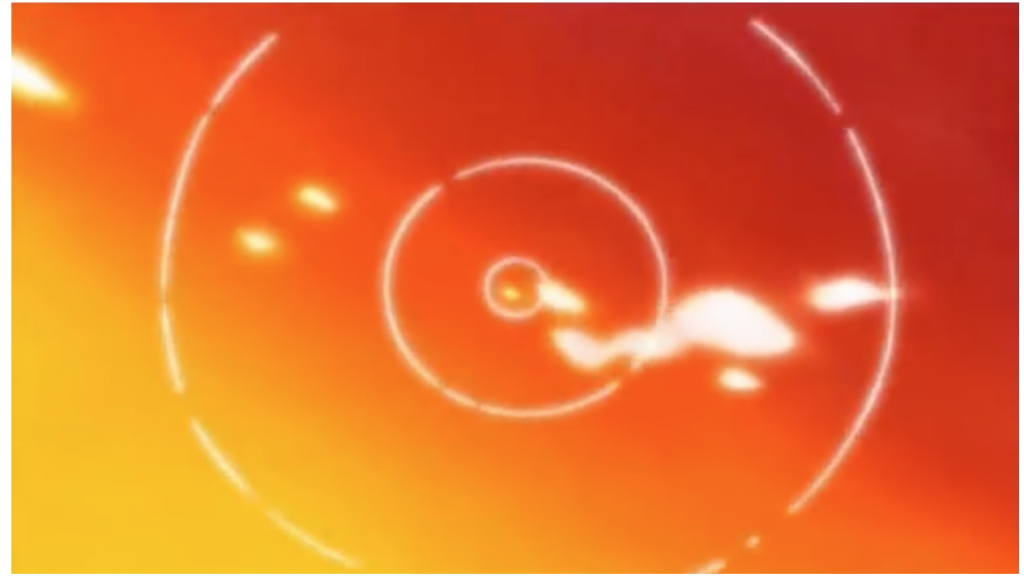
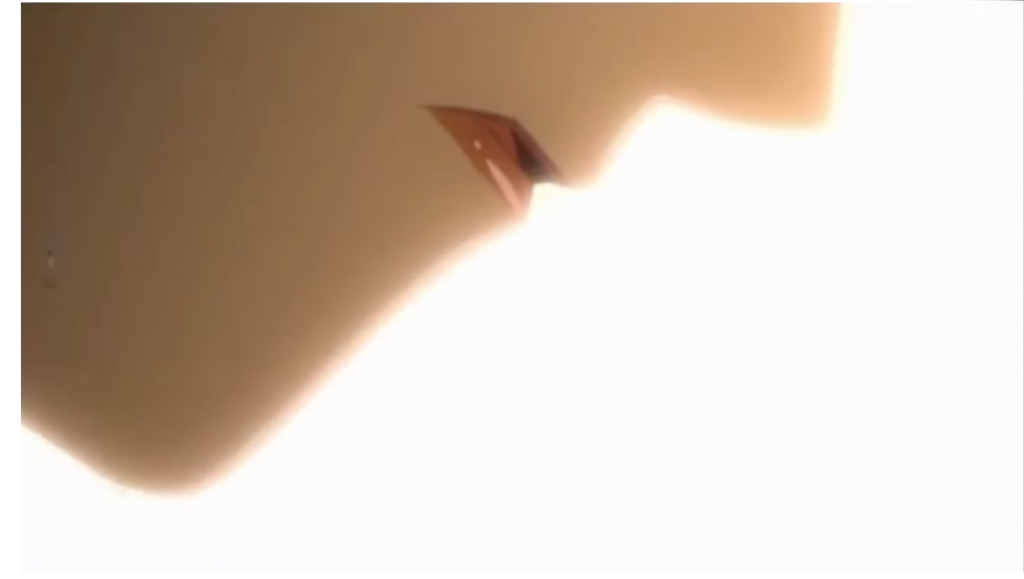

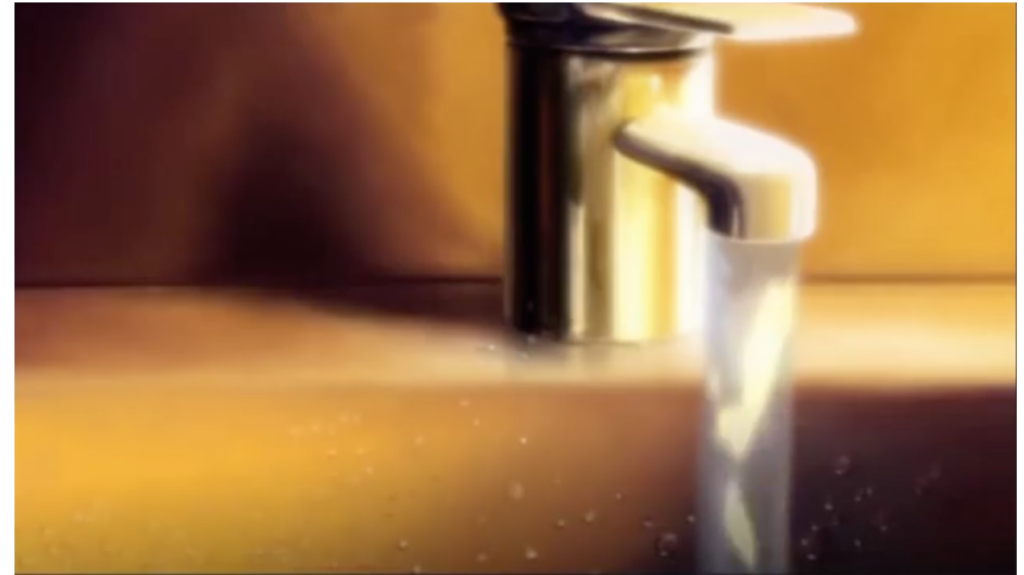
By taking control from the player, the cutscenes allow the developer to use precisely edited imagery to tell us what sort of story we will play. The sequence is tense, bizarre, and darkly playful, perfect for Persona 3’s stylish meditation on mortality. The montage of imagery also allows the sequence to establish the game’s visual motifs. The flashing black-and-white line (pictured above) repeats later when the protagonist discovers his powers, and the image of the full moon, perhaps the game’s most iconic visual, debuts here.
Persona 3 Portable tells its story with a series of still images, dialog, and descriptive text in place of animation. While this conveys what is happening, it loses the emotive and thematic power of the cutscene. It is functional, but it lacks the animation’s surrealist heft even though it does less to interrupt the flow of interactivity.
Persona 3 demonstrates how sometimes, taking control away from the player can add to a game’s world building. By the time the cutscene releases the player to explore, they do so with renewed vigor, as it is their chance to uncover the truth behind the mysteries they have just witnessed. Of course, not every player will find the cutscenes essential; people play games for many different reasons. Still, the next time you groan as an animated sequence interrupts your gaming, pay attention—it might be adding more to you experience than you think.
Cutscene footage from Takeshi Fijiwara on Youtube; FES gameplay from SuperJeenius on Youtube.

